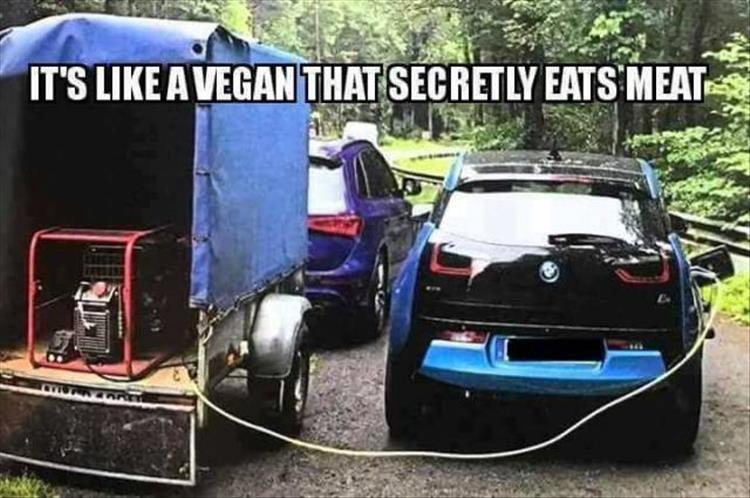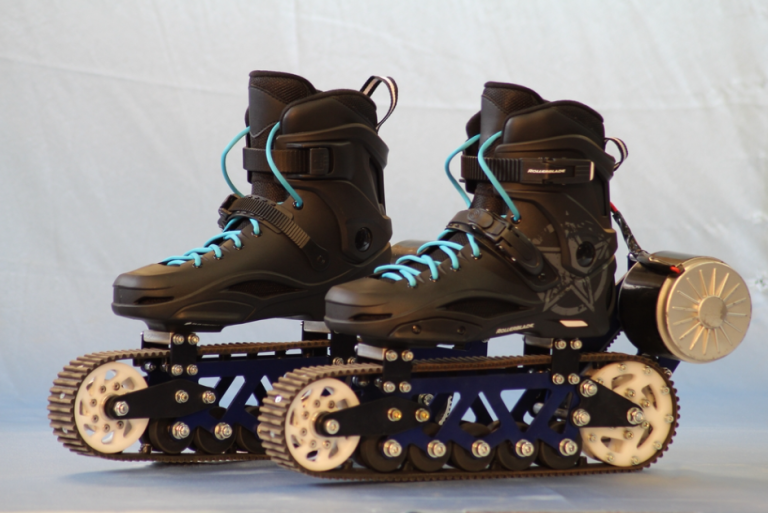
Posted on 08/16/2019 12:52:17 PM PDT by Red Badger
Switzerland’s Innolith says it has made a major battery breakthrough, but there’s reason to be skeptical
Electric carmakers have long been clamoring for a battery breakthrough that will improve the range of their vehicles while also extending their lifespans. Innolith, a Swiss startup, says its new high-density lithium-ion batteries can do just that.
The company claims to have made the world’s first 1,000 Wh/kg rechargeable battery. (Watt-hours per kilogram is a unit of measurement commonly used to describe the density of energy in batteries.) By comparison, the batteries that Tesla uses in its Model 3 — the so-called 2170 cells — are an estimated 250 Wh/kg; the company plans to eventually push that to 330 Wh/kg. Meanwhile, the US Department of Energy is funding a program to create 500 Wh/kg battery cells. If Innolith’s claims turn out to be true, its high-density battery may have just leap-frogged over those targets.
“It’s a big jump,” Innolith chairman Alan Greenshields said in an interview with The Verge. “It’s basically, in rough numbers, four times the current state-of-the-art for lithium-ion... Roughly three times what is generally accepted as being the next improvement in lithium. And it’s two times the energy density target [that] organizations like the US Department of Energy have set. So this is a big deal.”
A battery with that density would be capable of powering an electric car for 1,000 kilometers (621 miles) on a single charge. That’s far greater than the current lithium-ion batteries on the market today. Tesla’s batteries, which are produced by Panasonic, can support 330 miles of range in the most expensive models. Most major automakers are aiming for a similar range in their electric vehicles.
Others, like electric car manufacturer Henrik Fisker, are pinning their hopes on solid-state battery technology, which they claim can achieve up to 500 miles of range. Most current electric cars are powered by “wet” lithium-ion batteries, which use liquid electrolytes to move energy around. Solid-state batteries have cells that are made of solid and “dry” conductive material, but that technology is still stuck in the lab and hasn’t made it to production.
Innolith still uses “wet” liquid electrolytes in its lithium-ion batteries, but there’s one major difference: the company replaces the organic (and highly flammable) solvent containing the electrolytes with an inorganic substance that’s more stable and less flammable.
“We take the organic materials out and replace them with inorganic or basically salt-like materials, and that does two things for you,” Greenshields says. “One is it gets rid of your fire risk, so, of course, there’s nothing to burn. And the second part is you’ve also got rid of the most reactive components in the system, which makes it easier to build a battery where you can pack in a lot of energy without the thing becoming unstable.”
The organic materials found in most lithium-ion batteries are the “principle source of side reactions,” which, over time, can consume the active materials in the battery and turn the whole closed-loop system into something “non-productive,” he adds. Innolith claims its new battery has done away with this problem.
Innolith says it will bring its innovative new battery to market via an initial pilot production in Germany, followed by licensing partnerships with major battery and automotive companies. (Greenshields cited India as one country that could be interested in Innolith’s technology.) Development and commercialization will likely take three to five years, which means the company’s battery won’t be ready to go to market until 2022 at the earliest.
A lot can happen between now and then, as Greenshields and Innolith’s CEO Sergey Buchin are well-aware. Previously, the two men were the chief technology officer and chief operating officer, respectively, of Swiss-battery maker Alevo. That company filed for bankruptcy in 2017 after betting big on manufacturing capacity in Charlotte, North Carolina. Even an investment from a Russian billionaire linked to President Trump couldn’t ultimately save the company.
After filing Chapter 11, Greenshields and Buchin arranged the purchase of Alevo’s intellectual property and established a headquarters in Basel, Switzerland. They also bought its research and development facility in Bruchsal, Germany, where they intend to launch their pilot production.
The company isn’t completely theoretical. It’s licensed its battery technology to PJM Grid, which, according to its website, “coordinates the movement of wholesale electricity in all or parts of Delaware, Illinois, Indiana, Kentucky, Maryland, Michigan, New Jersey, North Carolina, Ohio, Pennsylvania, Tennessee, Virginia, West Virginia and the District of Columbia.” PJM has been testing an Innolith “GridBank” battery at scale in Hagerstown, Maryland.
“That’s the first time ever that a rechargeable lithium battery using inorganic electrolytes has been commercially deployed,” Greenshields said. That will hopefully help bolster Innolith’s reputation as it gears up to put its high-energy, high-density battery into production. There have been claims of major breakthroughs in battery technology in the past, but there’s little to show for it. The company’s leaders are aware that they will need to independently verify their claims before anyone lines up to buy their products.
“I think Thomas Edison said the greatest scoundrel was the person who claims they have a battery breakthrough,” said Julian Tanner, Innolith’s chief marketing officer. [Note: I couldn’t find this exact quote, but this 1883 interview with Edison seems to address the broader points about battery breakthroughs.]
Still, Innolith isn’t afraid of appearing like a scoundrel if it means altering the future of battery technology. “We’ve really got a battery breakthrough that will change the landscape forever,” Tanner said.
Yeah, but I bet it takes two months to recharge it !
That is a ton of coal burn off.
The proof is in the pudding.
Show it.
Second “super battery” claim for the month.
Keeping up to tradition.
Also included free are a bottle of pills that will make your di*k grow a foot.
“Even an investment from a Russian billionaire linked to President Trump couldn’t ultimately save the company.”
They just cannot help themselves, can they?
There’s lots to be revealed...
* Price
* Charge time
* Number of charge cycles
* Time behavior of charges? i.e., only 50% of original charge capacity half way through battery life?
* Toxic materials for disposal?
* Hazards in crashes?
* Availability of materials?

Yep...delivery of high-energy density liquid fuels to those “recharging stations” is a highly evolved and highly optimized system. The internal combustion engines that use those fuels are also highly evolved and optimized. Given the great strides in make ICE engines with hydrocarbon fuels very clean, there seems to be little real reason to switch to EVs. Other than it’s a faddish fetish that the greenies and watermelons push.
No, LOL..............
Why would I want a foot to grow on my.......................
I work in the power industry. It always perplexes me that people think we can just put a tesla in every garage and it won’t have an impact on the power grid. It’s a bit like putting a Model T in every garage back in the day, but there are not many service stations.
It takes a lot of electricity to push a couple of tons down the road. And that electricity has to be pumped into a battery. And it has to be generated by a nuclear power plant, or natural gas or coal fired plant, or hydroelectric. And a fraction may also come from Solar or wind.
But I don’t think the grid can handle much more than the “rich man’s toy” level of electric car use.
That would be funny to see!


Battery Breakthrough, finally!!! And, it is only 3-5 years from being commercial, lol
This is great! Continues to show the power of “business” when it comes to solving problems.
So allegedly four times the energy density of a Tesla battery? Well, at least you won’t have to call 911 when one of these catches fire. The inferno will be visible for miles, kind of like a bat signal straight to the fire department.
It probably weighs eighty tons.
Disclaimer: Opinions posted on Free Republic are those of the individual posters and do not necessarily represent the opinion of Free Republic or its management. All materials posted herein are protected by copyright law and the exemption for fair use of copyrighted works.